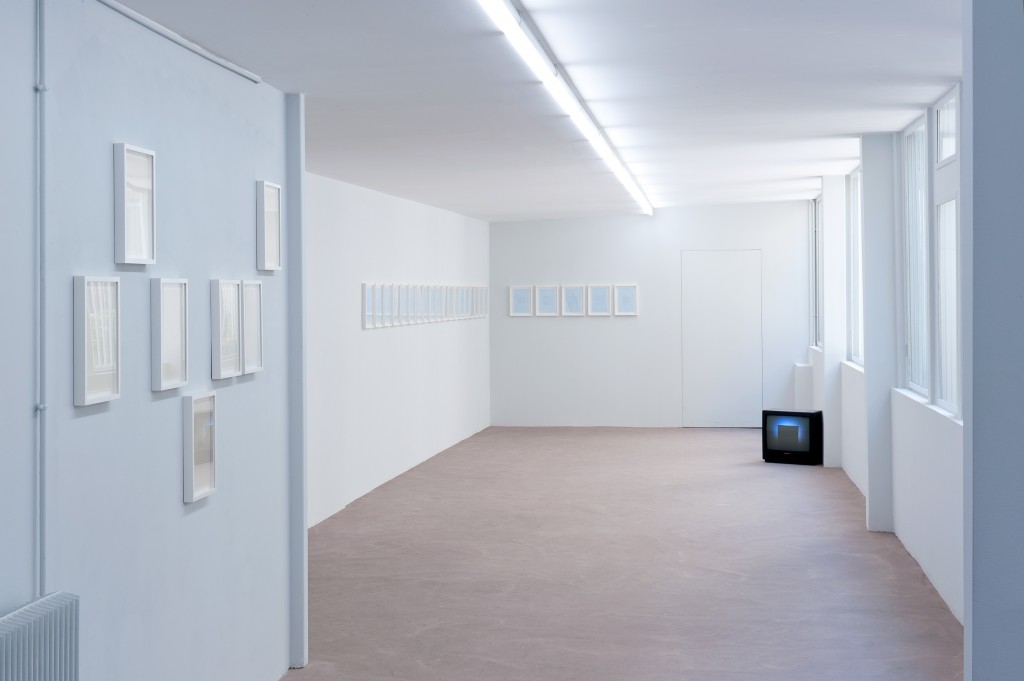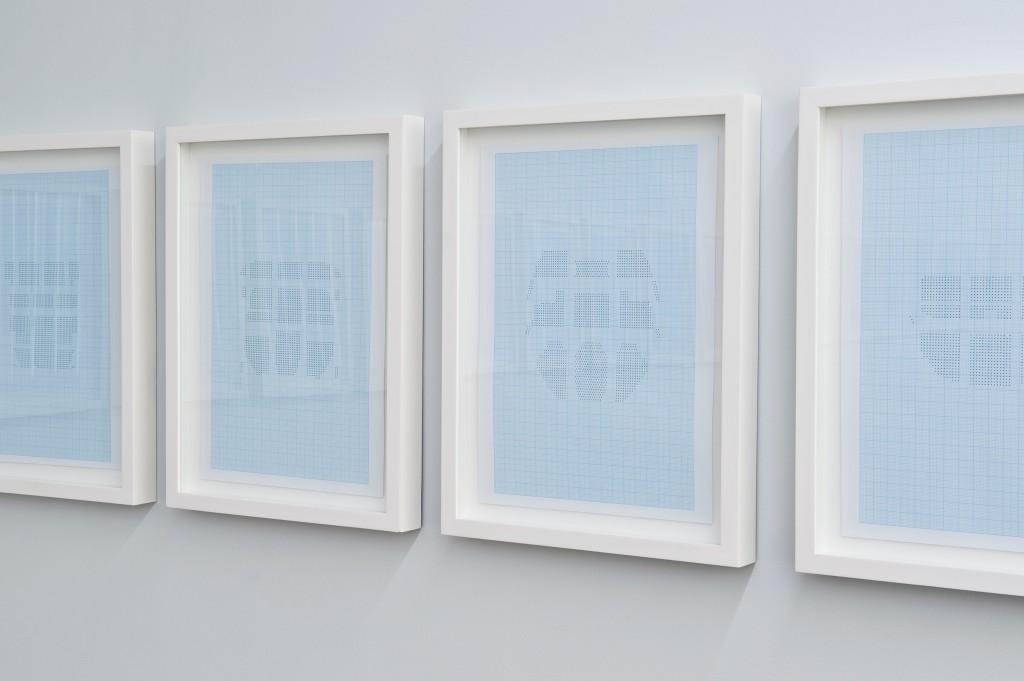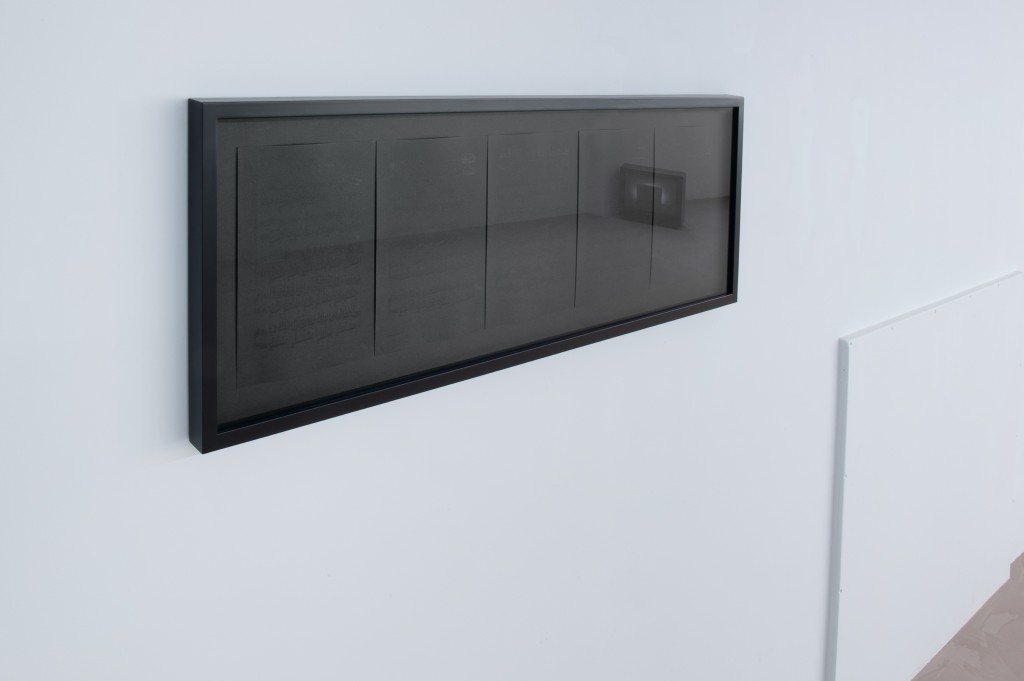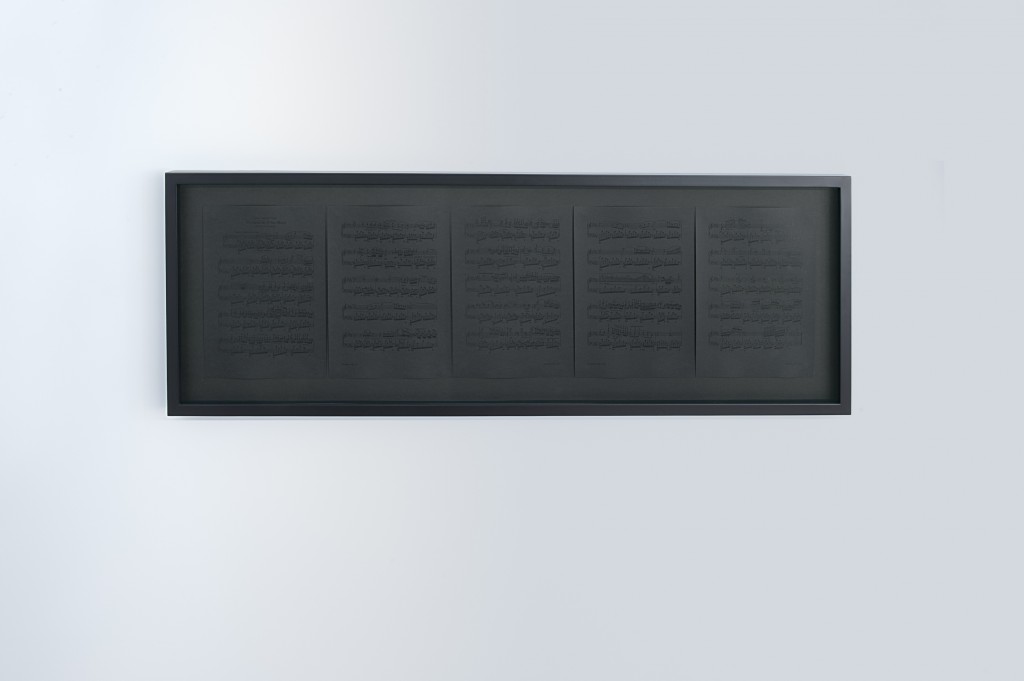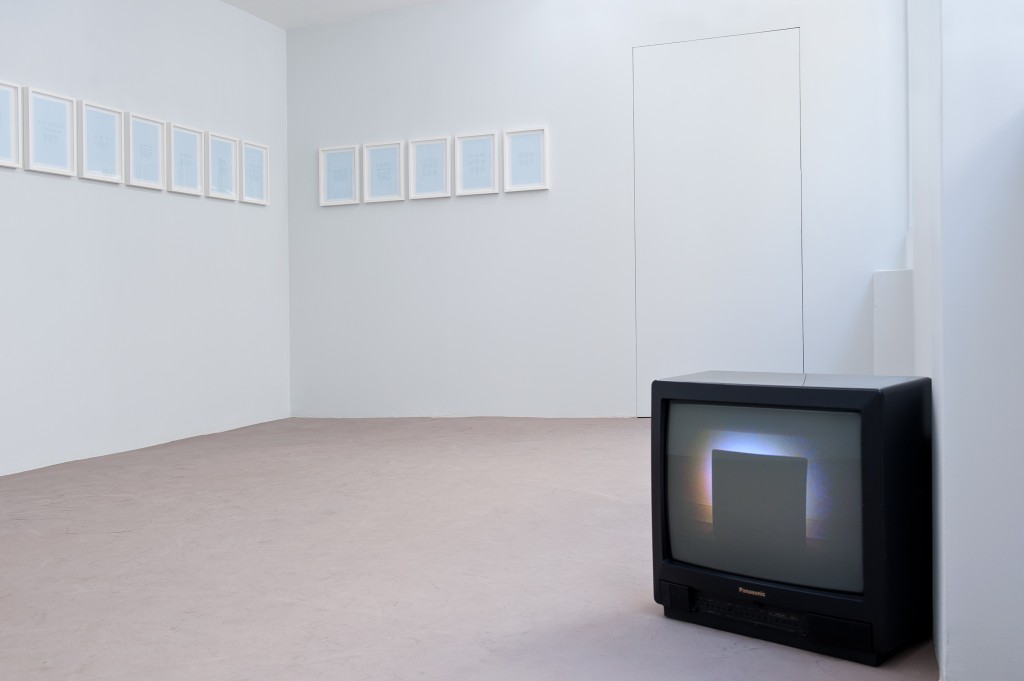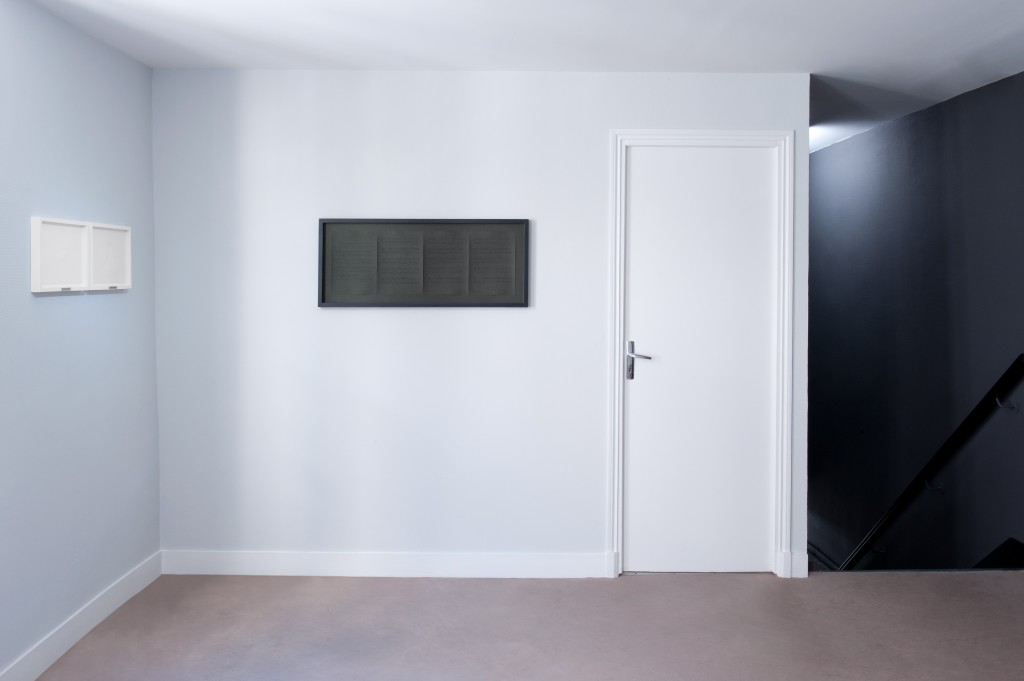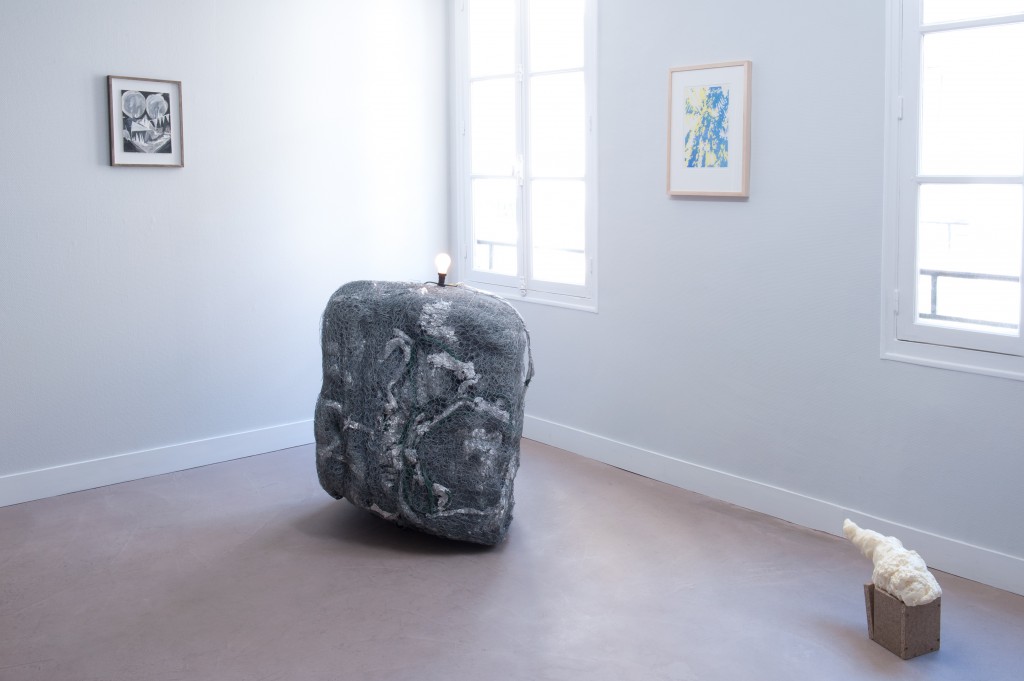La dame de Byblos
From June 20, 2012 to July 28, 2012
Opening on Wednesday November 30, -1
The galerie laurent mueller presents a solo exhibition of the French artist Laurence De Leersnyder with a selection of works specifically designed for the event.Opening on Wednesday November 30, -1
During her realisations, Laurence De Leersnyder puts the idea aside in favour of intuition. Indeed, her actions are elementary and without virtuosity. This is a point she claim and which is the feature of her work. “I have not yet pierced but I dig” quips Laurence De Leersnyder when she describes this elementary action of “digging” which is the process of creating the sculptures presented for this exhibition.
Regarding the works, she establishes a knowledge of her own and reclaims traditional sculpture processes; sometimes defying logic or the use of materials. Here the technique is considered primarily as a tool that we can learn or invent ourselves. It is through the choice of materials that handle only in certain ways that the work of Laurence De Leersnyder transcribes a true balance between an adaptability of the gesture which is submitted to the laws of matter and a personal position to drive each act.
The exhibition offers to discover sudden appearances which echo the symbolic obelisk of the Lady of Byblos. This kind of performed utopias invests the space and invites the viewer to interrogate himself about these forms which express both the tangible and the imaginary, the mythical and the real. This contradiction leads the viewer to abandon reason for vision, to escape the space and to join the artist’s position being created: a kind of abandon of the intellect to escape the present.
As part of this event, Laurence De Leersnyder established her project in a dynamic of research and renewal. This proposal explores issues of independence, the borders between the concepts of plinth and sculpture, but also where and how the object invested space.
The gesture is in an extension which takes form just after the work is recognised and then continues beyond until the two elements become independent. This way of carrying out the material without taking decision permits to obtain a work resulting from a process linked to the constraints and where intellect disappears in favour of intuition; the mind as defined by the artist.
Is this not the best way to see art as a source of imagination?


1 / 12 -
